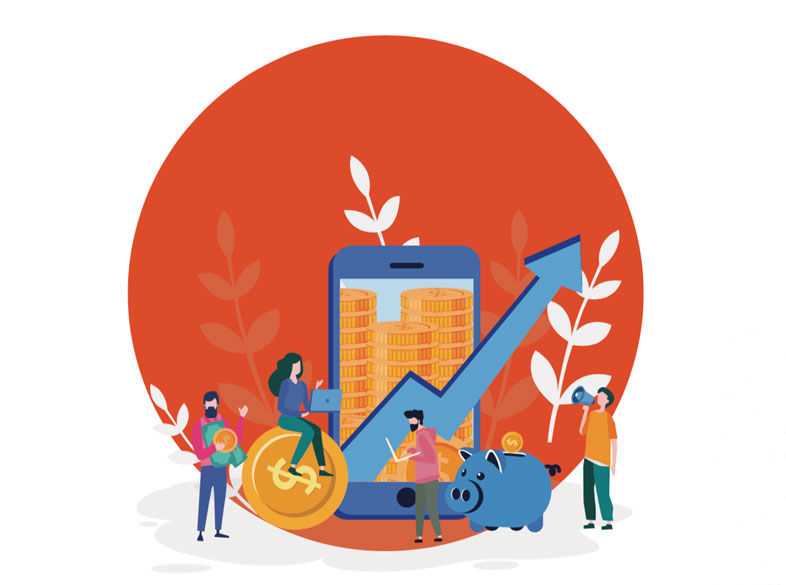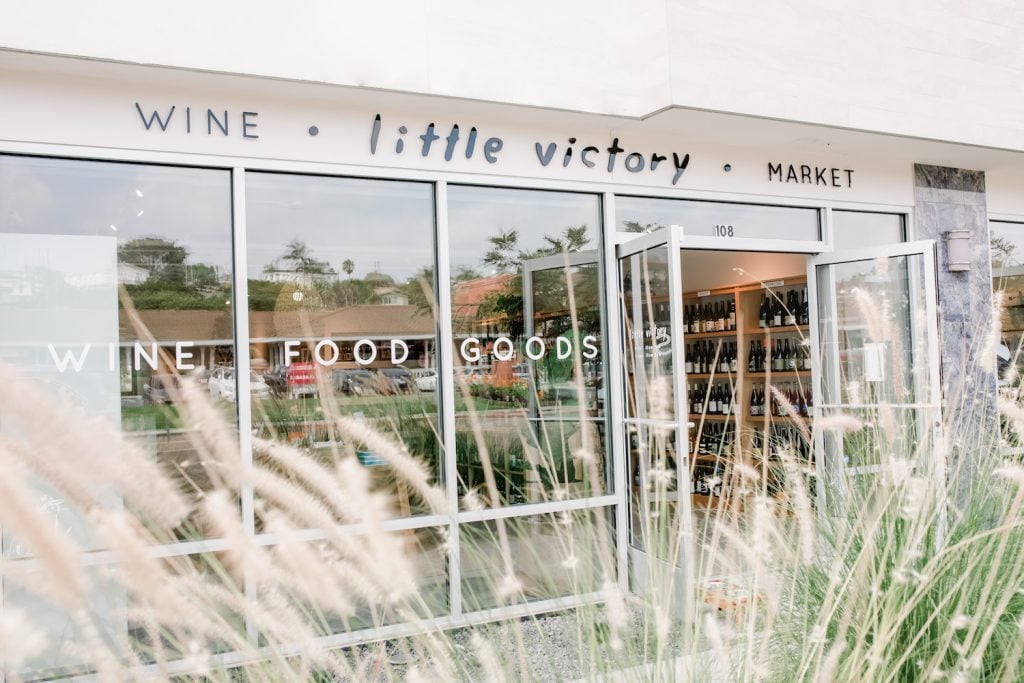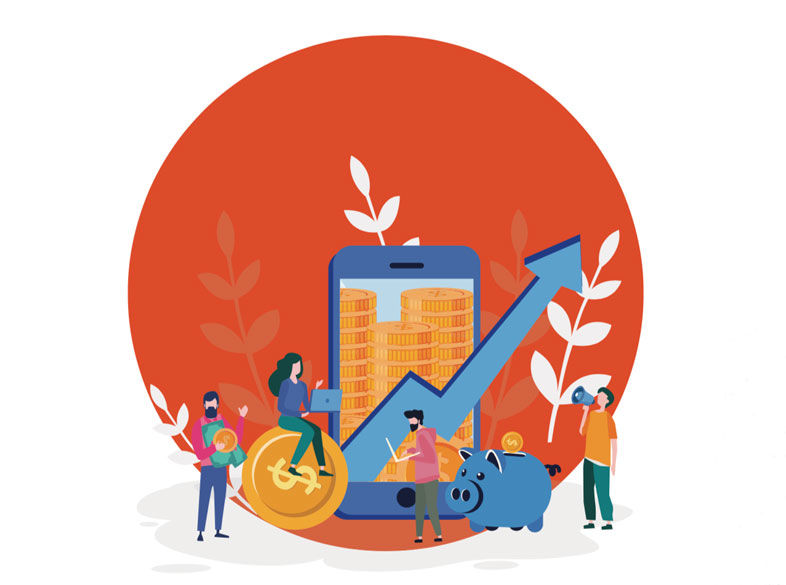Increasingly, nonprofit organizations are rethinking their approach to fundraising. They’re using technology to help make charitable giving easier.
“Inefficiency is my pet peeve,” says Renee Zau, cofounder and CEO of DonationMatch, a San Diego company that connects organizations seeking auction items and businesses with items to donate.
“I like to say DonationMatch is like Match.com,” explains Zau, whose platform went live in 2010 after she experienced frustrations both as a volunteer fundraiser asking for in-kind donations and a business owner who frequently donated to events. “My first priority was to automate every task that was repetitive and done by hand.”
Some of her company’s features include vetting organizations and contacts, creating gift certificates, tracking where donations went, and the ability to download donation data provided by companies for auctions.
“This has significantly reduced the amount of time and effort spent on making more targeted connections,” she says. Information only needs to be entered once to request donations from DonationMatch’s network of 350 companies. DonationMatch has helped 26,000 organizations find the donations they need.
Scot Chisholm helps connect organizations and donors in a similar way as the CEO of Classy, but he mostly targets individual donors instead of businesses. He cofounded Classy, an online fundraising platform for nonprofits, in 2011 when he and his friends saw a need to improve the way nonprofits were raising money online. In the years since, Chisholm says, the world has become increasingly mobile and connected. And for nonprofits, that means they have to work harder to engage and retain their donors—because technology has shortened people’s attention spans and changed consumer expectations. “In a 2018 consumer survey we commissioned, we found that 41 percent of total respondents said that if they can’t easily donate to a nonprofit online or via a mobile device, they will have less trust in how an organization uses donated funds,” Chisholm says.
Donor experience is key, and Classy has raised $1 billion for the 4,000 nonprofits that use the platform.
Another local success story is GoFundMe, which was launched in San Diego in 2010. The for-profit is supposedly the world’s largest fundraising platform, with $5 billion raised so far. Most of its campaigns focus on medical and memorial fundraising—things like surgeries and accidents—but also charities and educational efforts.
Still, a completely digital world is dangerous for nonprofits, says Classy’s Chisholm, and makes it harder for nonprofits to stand out. But he remains optimistic about platforms like his own to “cut through the noise,” helping nonprofits engage with their supporters at a larger scale than ever before.
The cofounder of DonationMatch has a similar take on tech’s effect on philanthropy. “I think technology simplifies and enables better access to resources, but it does not replace close relationships,” Zau says. “We provide the ability for companies and causes to make a lot of beneficial connections. Whether they engage on a per-event level, or decide to do more, is up to them.”
A fourth San Diego–based digital business, Coin Up, almost completely does away with personal interaction. Users sign up their debit or credit card and designate a charity. Then while out shopping, each purchase they make is rounded up to the nearest dollar; those extra cents go to the charity of their choice. Coin Up vets the charities, issues a tax receipt, and, the Coin Up website points out, lets the charity spend more time doing good and less time fundraising. Here, the nonprofit is mostly invisible to the donor, however, it makes giving money easy, automatic, and frequent. Coin Up is a similar model to AmazonSmile in that, when you shop on the site, the AmazonSmile Foundation will donate 0.5 percent of the purchase price (on eligible products) to your designated charity.
The digital world has touched everything and charitable giving is no exception. On average, nonprofits lose about 80 percent of their new donors each year, according to Classy. Therefore, the onus is on nonprofits to be in many places and reach different kinds of donors. And platforms like DonationMatch, Classy, GoFundMe, and Coin Up are eager to help.

High-Tech Fundraising
Photo: Shutterstock.com















